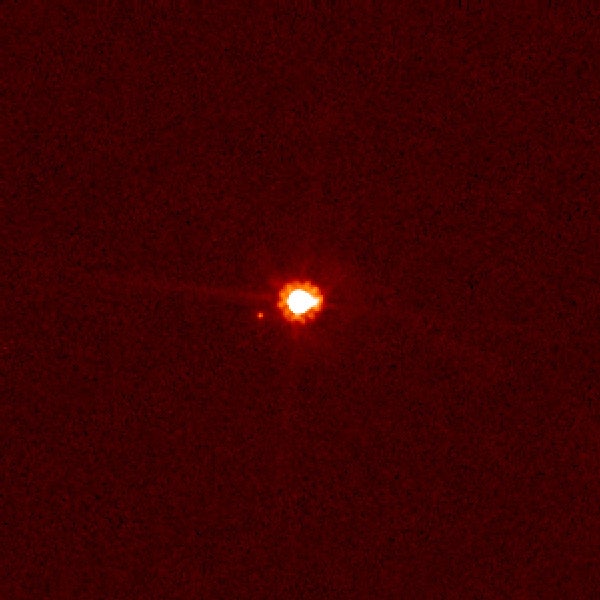Currently, there are no planned missions to Eris, but this dwarf planet is nearly three times more distant than Pluto. Eris is 97 astronomical units away — one AU is the Earth-Sun distance — as opposed to Pluto’s 33.6 AU. So we would have even more to gain by a spacecraft visit to Eris. Astronomers get different answers for Eris’ size depending on how they measure it. The first measurements were made in 2005 using the Hubble Space Telescope, which is just barely able to measure it directly. Those put Eris’ diameter at 1,490 miles (2,397 km) — bigger than Pluto — with an uncertainty of 100 km. The best measure we have now was made by stellar occultations. These put Eris’ diameter at 1,451 miles (2,336 km) — smaller than Pluto — with a reported uncertainty of 7 miles (12 km). Although this is a precise measurement, there are a lot of assumptions that go into measuring a stellar occultation, such as whether Eris is perfectly spherical. What if it has a mountain the size of Mount Everest? Do you count that? These questions are almost impossible to answer by any means other than a spacecraft visit. So, I would say that we still do not know for sure which is larger, Pluto or Eris. That’s all the more reason to visit one of the most-distant known dwarf planets!
Assistant Professor
Northern Arizona University










